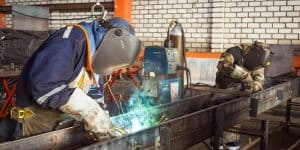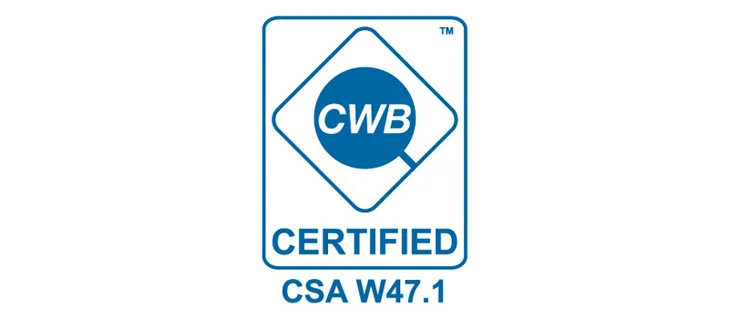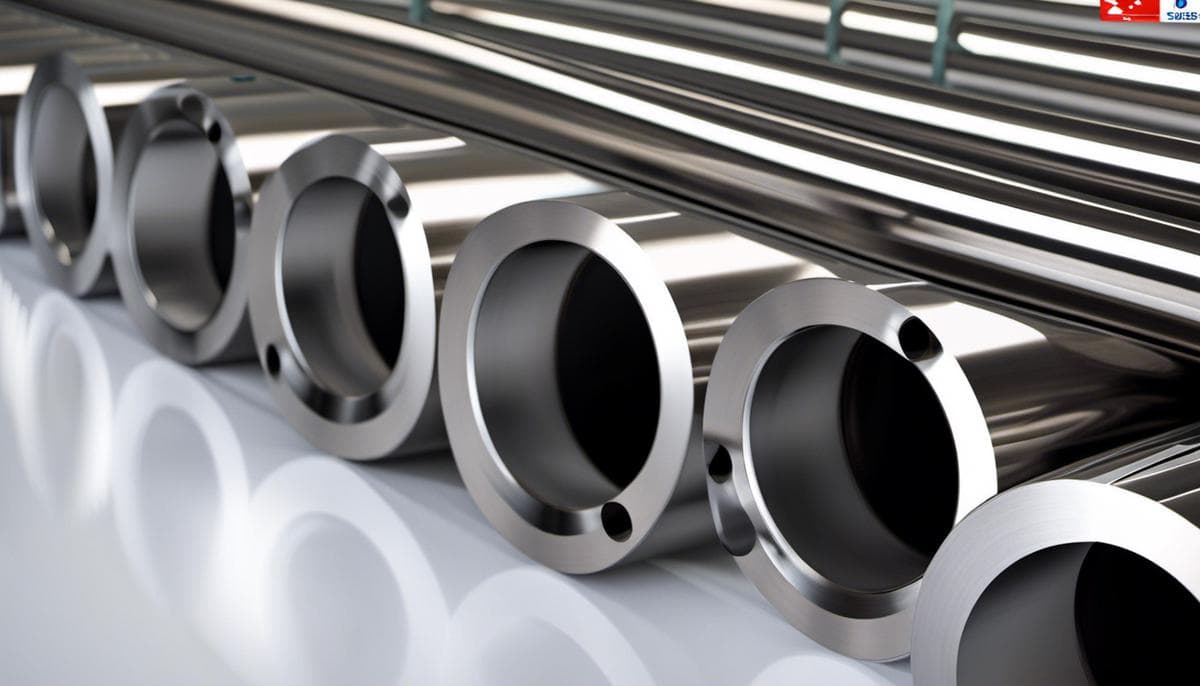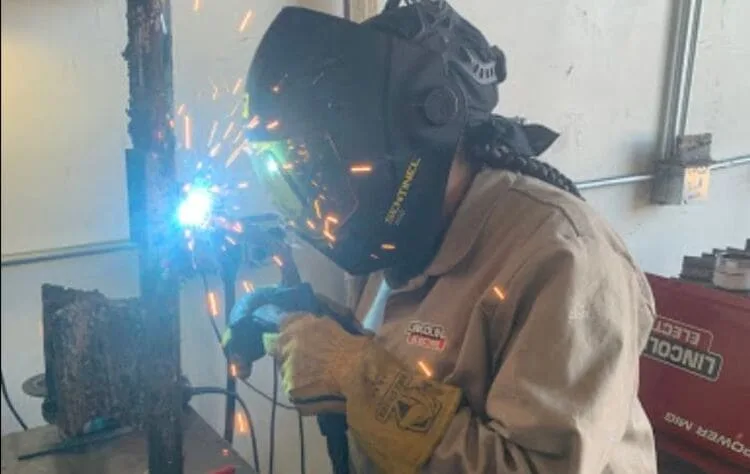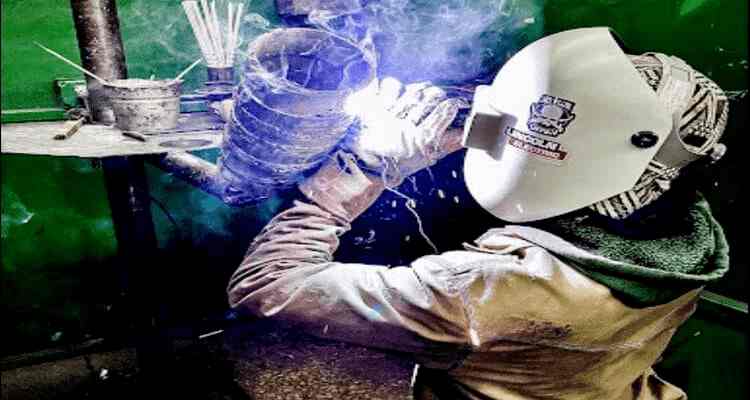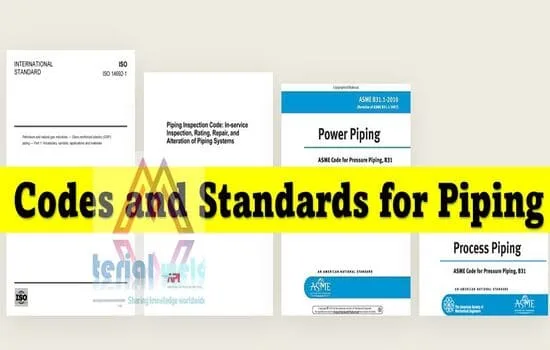What Is Welding And Fabrication?
It’s easy to assume that Fabrication and Welding are the same thing, and often the two terms are used interchangeably.
However, they are distinct processes in metalworking, each with their unique characteristics.
In short, Fabrication encompasses the entire process of creating a component or structure, while Welding is just one step in that process.
You can complete a fabrication project without the use of welding, but welding is an essential part of many fabrication projects.
Though they are different processes, they share some similarities and require many of the same skill sets.
Fabrication and Welding both require precision, attention to detail, and an understanding of metalworking techniques.
Difference Between Welding And Fabrication
Welding is a process of joining metal parts together by heating and applying pressure to create a strong bond.
Fabrication is the overall process of creating a structure or component, which may include welding but also include other metalworking techniques such as cutting, shaping, and assembly. In simple terms, welding is a part of fabrication process.
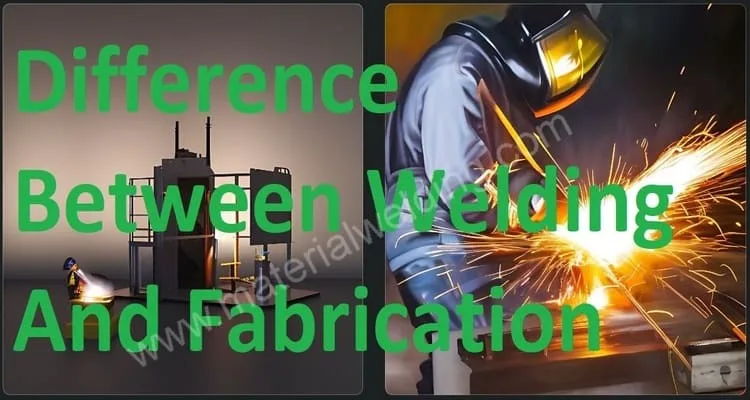
Welding Techniques
There are different welding techniques that are used in the welding industry. Some of the most common welding techniques include:
- Shielded Metal Arc Welding (SMAW): Also known as stick welding, SMAW is a manual welding technique that uses an electrode (a metal rod coated in flux) to create the weld.
- Gas Tungsten Arc Welding (GTAW): Also known as TIG welding, GTAW is a manual welding technique that uses a non-consumable tungsten electrode to melt the filler wire to create the weld.
- Gas Metal Arc Welding (GMAW): Also known as MIG welding, GMAW is a semi-automatic welding technique that uses a continuously fed filler wire in a spool form to create the weld.
- Flux Cored Arc Welding (FCAW): Similar to MIG welding, FCAW uses a wire electrode that is internally filled flux to create the weld.
- Submerged Arc Welding (SAW)
- Electroslag Welding (ESW)
- Plasma Arc Welding (PAW)
- Resistance Welding.
Fabrication Techniques
Fabrication is the overall process of creating a structure or component, and it includes a variety of different techniques. Some of the most common fabrication techniques include:
- Cutting: This technique involves using tools such as saws, plasma cutters, or lasers to cut metal into the desired shape and size.
- Bending: This technique involves using tools such as press brakes or rollers to bend metal into the chosen shape.
- Punching: This technique involves using a punch press to create holes in metal.
- Shearing: This technique involves using a shear to cut metal along a straight line.
- Forming: This technique involves using tools such as hammers or presses to shape metal into the required form.
- Rolling: This technique involves using rollers to roll metal into the circular form.
- Folding: This technique involves using a folding machine (similar to bending) to bend metal along a straight line.
- Welding: This technique involves joining two pieces of metal together by heating and fusing together.
- Drilling: This technique involves using a drill press to create holes in metal.
- Grinding: This technique involves using a grinder to remove excess metal and smooth out surfaces.
Different fabrication techniques are suitable for different types of jobs and materials, and fabricators often use a combination of these techniques to create the final part.
Welding Tools
There are several different tools that are commonly used in welding as listed below:
- Welding helmet: This tool is worn to protect the welder’s face and eyes from the intense light and heat generated during welding.
- Welding gloves: These gloves protect the welder’s hands from heat and burns while welding.
- Welding jacket or apron: This protective clothing shields the welder’s upper body from heat and sparks.
- Welding pliers: to cut welding wire.
- Welding clamps: These clamps are used to hold metal pieces in place while welding.
- Welding wire brush: This brush is used to clean the surface of metal prior to welding or after welding.
- Welding chipping hammer: This hammer is used to remove slag from the weld.
- Welding cable and ground clamp: To connect the electrode holder and workpiece with the job.
Having the proper tools and equipment is essential for a safe and successful welding job. It’s important to ensure that the equipment is in good working condition and that the welder is properly trained in its use.
Fabrication Tools
There are a variety of tools that are commonly used in fabrication. Some essential fabrication tools include:
- Cutting tools: such as saws, plasma cutters, and lasers.
- Bending tools: E.g., press brakes and rollers.
- Punching tools: E.g., punch presses.
- Shearing tools: E.g., shears.
- Forming tools: E.g., hammers and presses.
- Rolling tools: such as rollers.
- Folding tools: E.g., folding machines.
- Welding tools: E.g., welding machine, electrode.
- Drilling tools: such as drill machine or hand drill.
- Grinding tools.
- Measuring tools: These tools, such as rulers, squares, and micrometers, are used to measure and mark metal for cutting and fabrication.
- Hand tools: such as pliers, wrenches, and screwdrivers.
Welding Skills required
There are several key skills that are required to be a successful welder. Some of the most important skills include:
- Technical knowledge: Welders must have a good understanding of the different welding techniques, materials, and equipment used in the industry.
- Physical dexterity: Welders must have the manual dexterity to handle the welding equipment and manipulate metal pieces.
- Attention to detail: Welding requires a high degree of precision, and welders must be able to pay close attention to their.
- Problem-solving skills: Welders often encounter unexpected problems while working on a project, and they must be able to think quickly and come up with solutions.
- Safety awareness: Welders must be aware of the hazards involved in welding and take the necessary precautions to protect themselves and others.
- Time management: Welding work is demanding, and welders must be able to manage their time effectively to ensure that they meet deadlines and deliver high-quality work.
- Creativity: Welding is an art form, and welders must be able to think creatively to come up with new ways to join metal pieces together.
- Physical stamina: Welding can be physically demanding, and welders must be able to work for long periods of time in a variety of positions.
Fabrication Skills required
Fabrication Skills required:
- Technical knowledge of fabrication techniques, materials, and equipment
- Physical dexterity to handle fabrication equipment and manipulate metal pieces
- Attention to detail for precision and high-quality work
- Problem-solving skills to address unexpected challenges
- Safety awareness to protect oneself and others
- Strong communication skills to work effectively in a team
- Time management to meet deadlines and deliver high-quality work
Welding PPE
The complete list of Welder PPE are:
Read more: Welder PPE, types and their importance.
- Welding helmet
- Welding gloves
- Welding jacket or apron
- Welding goggles
- Respirator
- Welding boots
- Hearing protection
- Welding sleeves
- Face shield
- Welding blanket
- Welding curtain
- Fire-retardant clothing
- Welding shaded lens
- Safety glasses
Fabrication PPE
Personal protective equipment (PPE) is essential for fabricators to keep them safe while they work. Below is a list of common PPE used in fabrication:
- Safety glasses or goggles
- Hearing protection
- Hard hat
- Gloves
- Face shield
- Respirator
- Steel-toed boots
- Protective clothing (such as long-sleeved shirts and pants)
- Fire-retardant clothing
- Protective sleeves
- Protective apron
- Welding curtain
- Safety harness
- Fall protection equipment (such as scaffolding)
